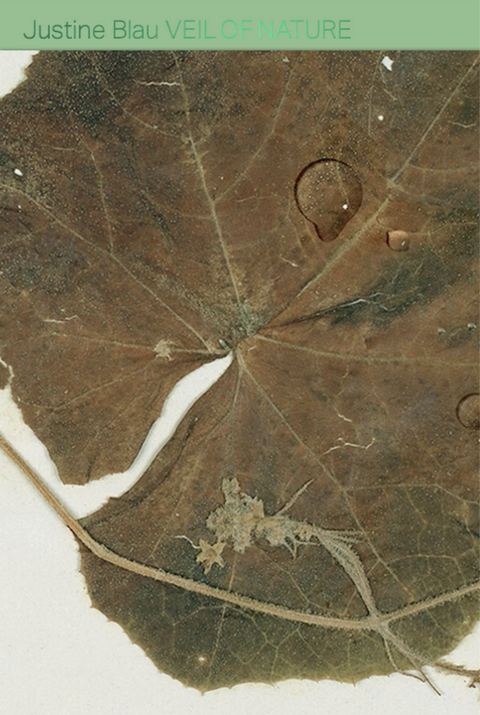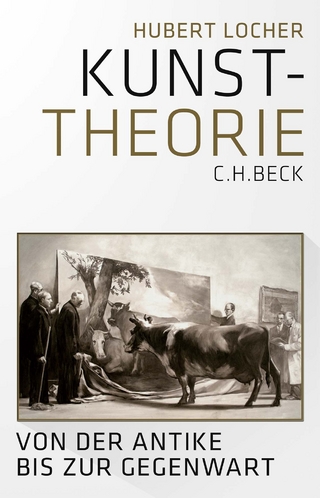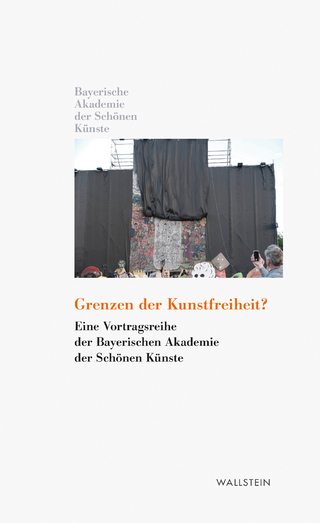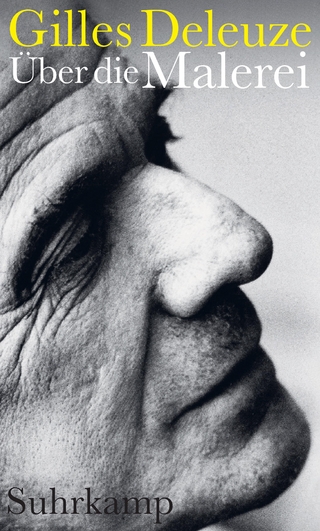
Justine Blau: Veil of Nature
Processing Process
Seiten
2024
K. Verlag Anna-Sophie Springer
978-3-947858-33-0 (ISBN)
K. Verlag Anna-Sophie Springer
978-3-947858-33-0 (ISBN)
ABOUT THE PROCESSING PROCESS SERIES: Unfolding at the intersection of the artist monograph, aesthetic manifesto, and solo exhibition, K. Verlag’s Processing Process series is dedicated to artists’ pathbreaking forays into culture, history, technoscience, ecology, and narrative technique. While focusing acutely on each artist’s unique concerns, research sites, and artistic media and practice, the seriality of Processing Process is relayed through recurring formal parameters and the inclusion of an in-depth interview with K. that unpacks site-sensitive, technical, and processual methodologies. Processing Process editors and designers are committed to working closely with contributors to produce provocative, genre-defying research creations that experiment with K.’s signature form of the book-as-exhibition.
https://k-verlag.org/books/justine-blau-veil-of-nature/ The three Greek words "phusis kruptesthai philei," uttered and written by Heraclitus, were always heavy with meaning: heavy with the meaning Heraclitus gave them, and heavy with the meaning future centuries were to believe they discovered in them. For a long time yet, perhaps even forever, they will maintain their mystery. Like Nature, they love to hide. — Pierre Hadot, The Veil of Isis
Endemic to the Galapagos Islands, Sicyos villosus was collected by Charles Darwin during his journey on the Beagle (1831–36) but is now extinct. This forlorn member of the Cucurbitaceae family is still known to science thanks only to a single specimen preserved in the Sainsbury Laboratory of the Cambridge University Herbarium, where Darwin’s complete botanical collection is preserved. Aftering reading that a group of contemporary scientists were hoping to de-extinct Sicyos villosus using biotechnologies that could recover its DNA from Darwin’s specimen, artist Justine Blau began to investigate what it means to bring a species back to life. She undertook a journey to understand the desire for de-extinction and what it was, exactly, that science was now trying to save.
Through her encounters with researchers and scientists in herbaria and seed banks, as well as her travels to the Galapagos—where she sought out the Sicyos villosus after being told that it might still inhabit the archipelago, but remains undetected—she uncovered a matrix of contradictions that radically challenge the modern scientific conservation complex. As modern science projects its ambition for rationality onto the mysteries of life, nature itself withdraws, hiding among the magic of images and narratives that veil its furtive purpose. As Blau uncovers the conservation complex, her camera also discovers another potency of nature held in abeyance.
https://k-verlag.org/books/justine-blau-veil-of-nature/ The three Greek words "phusis kruptesthai philei," uttered and written by Heraclitus, were always heavy with meaning: heavy with the meaning Heraclitus gave them, and heavy with the meaning future centuries were to believe they discovered in them. For a long time yet, perhaps even forever, they will maintain their mystery. Like Nature, they love to hide. — Pierre Hadot, The Veil of Isis
Endemic to the Galapagos Islands, Sicyos villosus was collected by Charles Darwin during his journey on the Beagle (1831–36) but is now extinct. This forlorn member of the Cucurbitaceae family is still known to science thanks only to a single specimen preserved in the Sainsbury Laboratory of the Cambridge University Herbarium, where Darwin’s complete botanical collection is preserved. Aftering reading that a group of contemporary scientists were hoping to de-extinct Sicyos villosus using biotechnologies that could recover its DNA from Darwin’s specimen, artist Justine Blau began to investigate what it means to bring a species back to life. She undertook a journey to understand the desire for de-extinction and what it was, exactly, that science was now trying to save.
Through her encounters with researchers and scientists in herbaria and seed banks, as well as her travels to the Galapagos—where she sought out the Sicyos villosus after being told that it might still inhabit the archipelago, but remains undetected—she uncovered a matrix of contradictions that radically challenge the modern scientific conservation complex. As modern science projects its ambition for rationality onto the mysteries of life, nature itself withdraws, hiding among the magic of images and narratives that veil its furtive purpose. As Blau uncovers the conservation complex, her camera also discovers another potency of nature held in abeyance.
JUSTINE BLAU is a visual artist, creating works that explore the various languages and usages of photography, particularly in a vernacular context. She is interested in the role culture plays in shaping an environment or people’s interactions. Many of her works deal with the complex and peculiar relationship humankind maintains with what we qualify as “nature.” Blau was born in Luxembourg in 1977 and studied at Wimbledon College of Art, University of the Arts London.
| Erscheinungsdatum | 30.06.2024 |
|---|---|
| Reihe/Serie | Processing Process |
| Co-Autor | Banu Subramaniam, Christina Harrison |
| Mitarbeit |
Interview von: Etienne Turpin |
| Verlagsort | Berlin |
| Sprache | englisch |
| Maße | 140 x 210 mm |
| Themenwelt | Kunst / Musik / Theater ► Allgemeines / Lexika |
| Naturwissenschaften ► Geowissenschaften | |
| Sozialwissenschaften | |
| Schlagworte | de-extinction • Fotografie • Galapagos • Konservation • Kunst |
| ISBN-10 | 3-947858-33-7 / 3947858337 |
| ISBN-13 | 978-3-947858-33-0 / 9783947858330 |
| Zustand | Neuware |
| Informationen gemäß Produktsicherheitsverordnung (GPSR) | |
| Haben Sie eine Frage zum Produkt? |
Mehr entdecken
aus dem Bereich
aus dem Bereich
eine Vortragsreihe der Bayerischen Akademie der Schönen Künste
Buch | Hardcover (2024)
Wallstein Verlag
20,00 €


